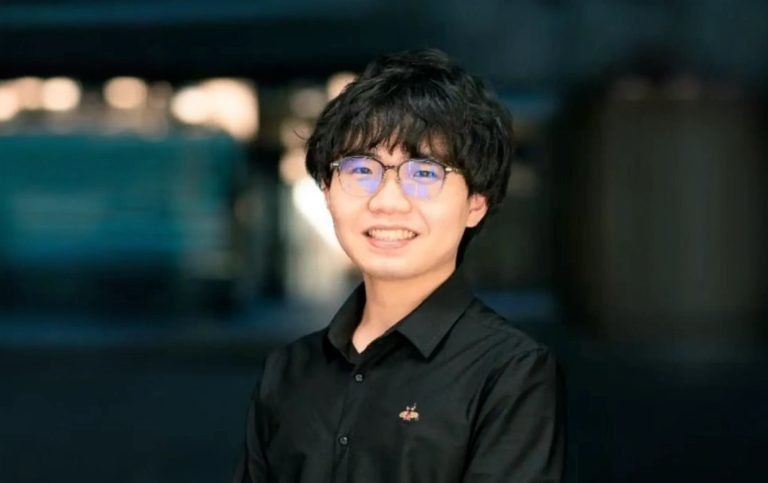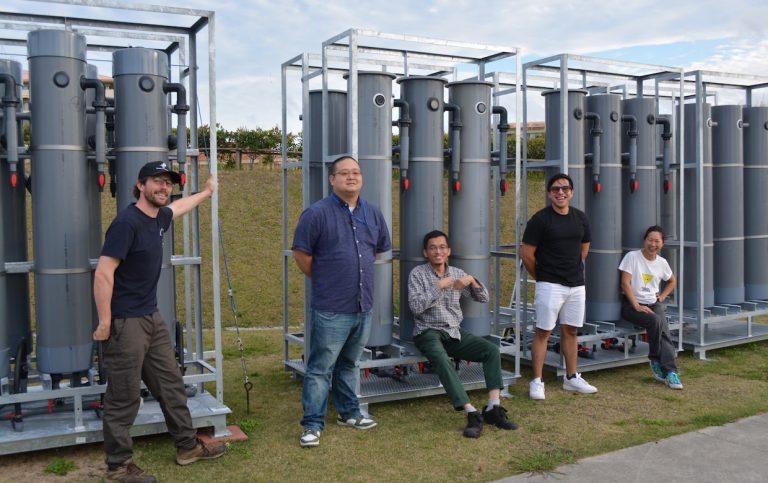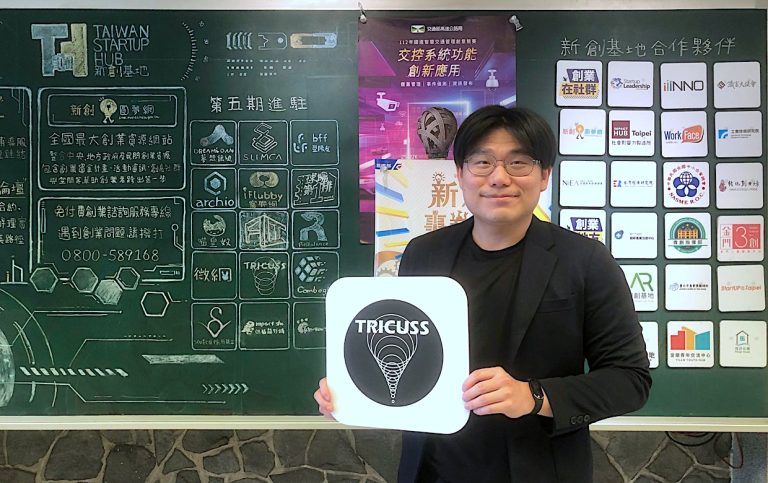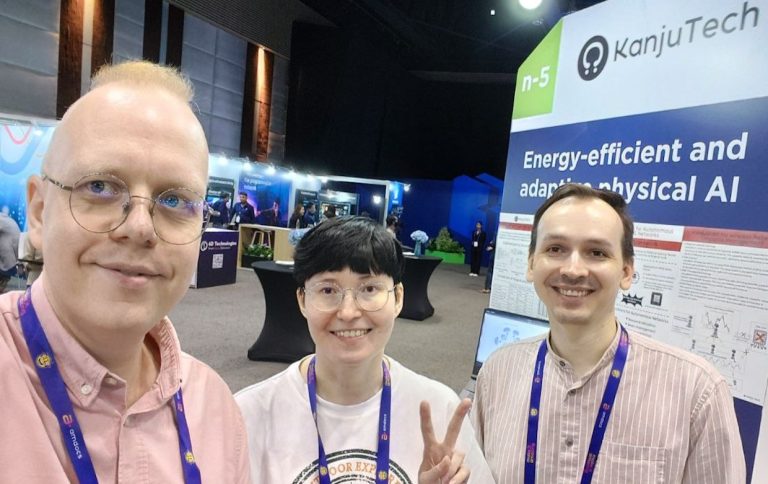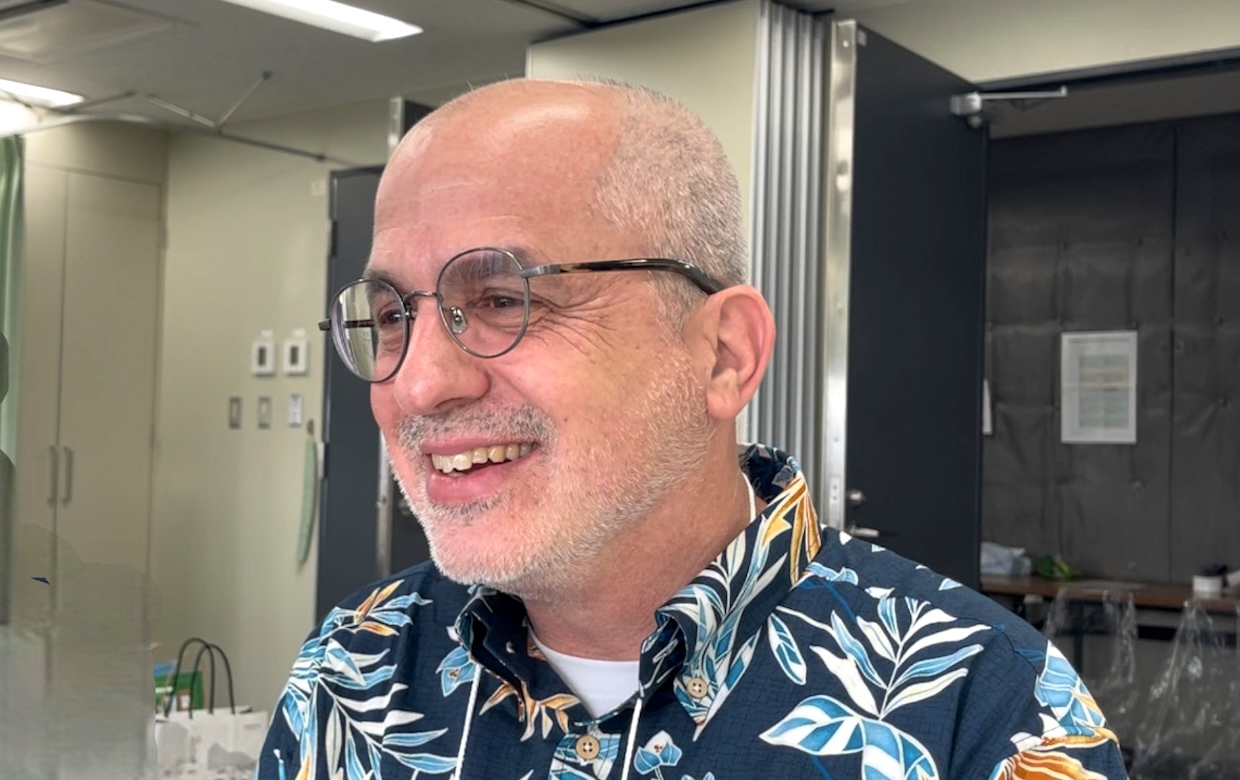
The Okinawa Institute of Science and Technology (OIST) is an international research university that opened in 2012. With students and researchers from over 80 countries and regions conducting cutting-edge scientific research in English, OIST achieved 9th place globally in the Nature Index (2019), which measures the proportion of high-quality scientific papers relative to institutional size. Now, OIST is entering a new phase.
In April 2023, the university launched OIST Innovation, a comprehensive brand encompassing all industry-academia collaboration activities, and established a dedicated startup support section in December of the same year. From 2024, the startup initiative has expanded with support from the Japan Science and Technology Agency’s COI-NEXT program (Open Innovation Platforms for Industry-academia Co-creation), having produced over 30 startups to date, including graduates of the OIST Innovation Accelerator program and companies leveraging technologies developed at the university.
In April 2025, two new incubation facilities totaling 2,000 square meters were completed. OIST Innovation’s journey dates back to 2014, when it was initially established as the Sustainable Development Office for Okinawa and later renamed the Technology Development and Innovation Center. The organization is now entering a full-scale scaling phase.
At the heart of this transformation is Gil Granot-Mayer, Executive Vice President and Vice CEO of the university responsible for OIST Innovation. With experience as CEO of Yeda, the technology transfer company of Israel’s Weizmann Institute of Science, what drew him to Okinawa, and what vision does he hold for the future? We spoke with him about strategies for bridging the “valley of death” between basic research and practical applications, and his commitment to building a global deep tech ecosystem.
Revolutionary Innovation Born from Basic Research
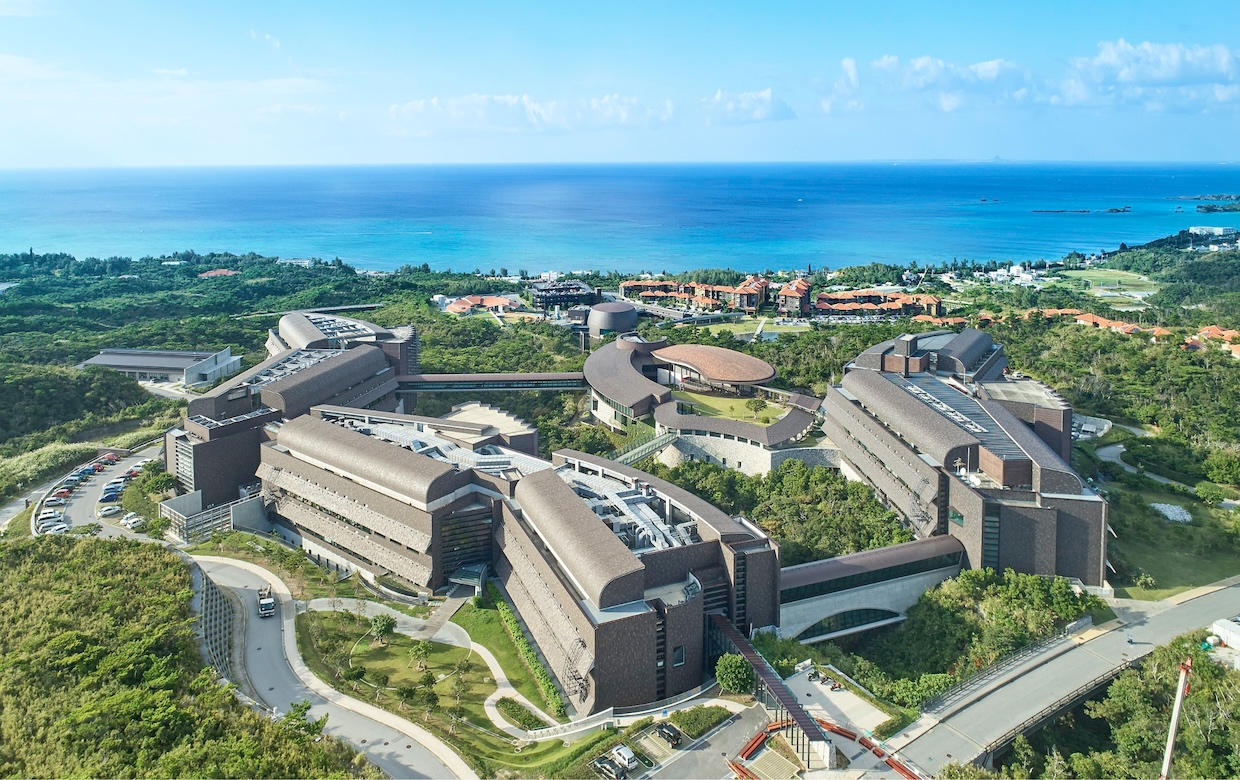
The Weizmann Institute of Science in Israel is renowned as one of the world’s leading research institutions with an exceptional track record in technology transfer. What motivated Gil to leave his position there for Okinawa? And what experiences shaped his conviction that basic research is the wellspring of deep tech innovation?
Could you tell us about your transition from the Yeda to OIST?
I started my career as a lawyer, but honestly, I wasn’t very good at it (laughs). I later moved into corporate law, intellectual property, and eventually found my way to this fascinating interface between academia and industry.
The Weizmann Institute is one of the world’s premier research institutions, and I led Yeda, their technology transfer company. My expertise lies in converting basic research into business applications and creating real-world impact. At Weizmann, I was involved in developing many groundbreaking pharmaceuticals, including technologies that contributed to CAR-T cell therapy, which has revolutionized cancer treatment.
What drew you specifically to OIST in Okinawa?
Actually, Weizmann was one of the models for establishing OIST. During COVID, then-President Peter Gruss reached out to me, and I initially worked remotely for eight months. I was deeply impressed by the resources and flexibility that the Japanese government invested here, and above all, by the university’s approach as a “startup” itself. After consulting with my wife, I decided to move to Okinawa in 2021.
How do you create pathways from basic research to practical applications at a research-focused university?
This is really my specialty. Basic research is actually the source of the biggest breakthroughs that lead to deep tech. Rather than incremental improvements, fundamental discoveries can open new fields and create enormous opportunities.
Let me give you a concrete example with Associate Professor Keiko Kono’s research. She’s a world authority on cell membranes research and has long worked on cellular wound healing mechanisms. She discovered new mechanisms in the relationship between cell membrane damage and cellular senescence, which could lead to the development of anti-aging drugs.
She continues to elucidate the fundamental mechanisms while simultaneously keeping practical applications in view. This is wonderful because without understanding the mechanisms, development becomes extremely difficult.
Is it challenging to change researchers’ mindsets?
It’s definitely challenging. But we work to help them understand that by taking basic research to the next step, they can create a much greater impact while continuing their fundamental work. We show them that this leads to better science, more diverse opportunities, and greater societal impact.
We don’t need to change everyone. OIST currently has about 90 faculty members, and if some of them shift direction, that’s sufficient.
Could you tell us about researchers’ startup involvement?
We take a very liberal approach to these arrangements. We ensure compliance with conflict of interest while maintaining an open environment. Compared to Weizmann, we can practice more creative and liberal directions, which is one of the joys of working at OIST.
A recent example is Assistant Professor Hiroki Takahashi, who joined Qubitcore—an OIST-spinout aiming to realize distributed quantum computing systems by combining ion trap technology with optical cavities—as co-founder and Chief Scientific Officer (CSO).
This is probably one of the first cases of OIST faculty taking such positions. We’re very open to these kinds of arrangements because we want excellent researchers to continue their research while creating greater impact.
The Twin Engines of “Import” and “Creation”
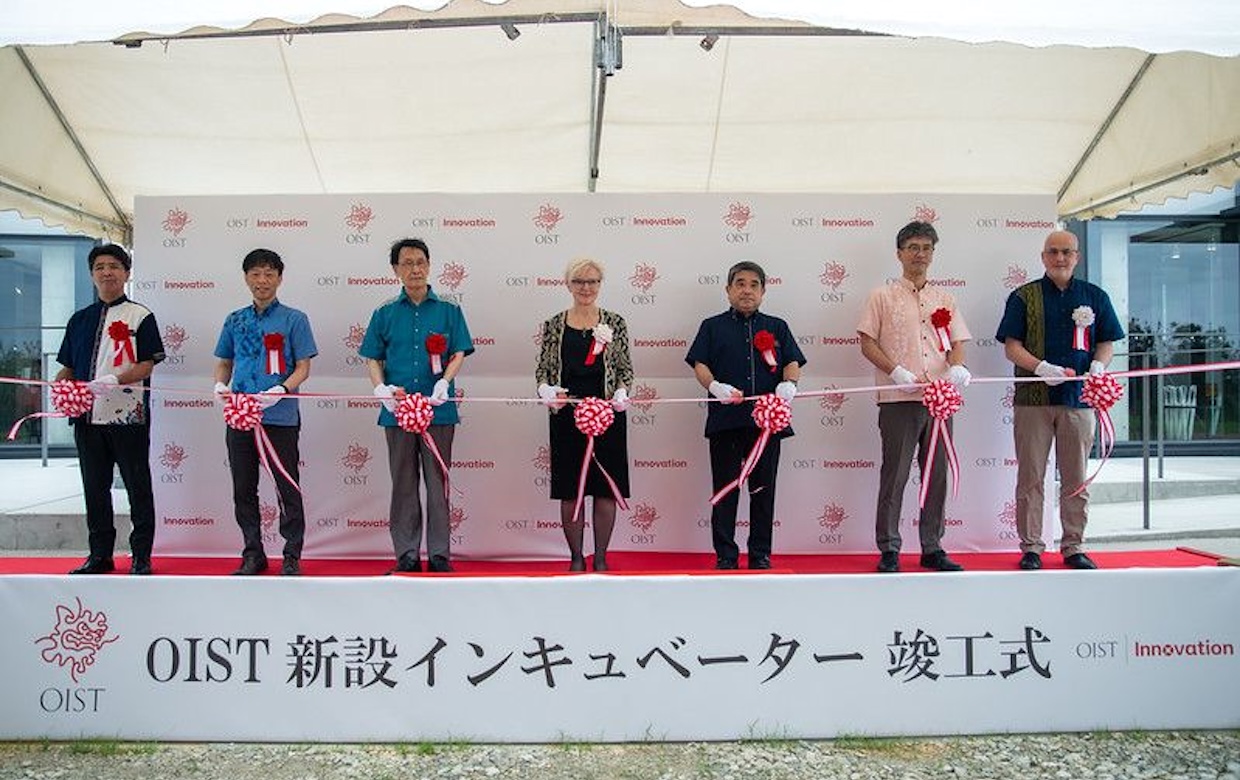
Photo credit: OIST
OIST Innovation’s approach goes beyond typical university venture support. Their unique strategy combining the “import” of external innovation with internal “creation” makes them exceptionally distinctive among universities that focus solely on their own technologies. This strategy is deeply rooted in Granot-Mayer’s experience in small-nation Israel.
What are your criteria for selecting startups?
First and foremost, it must be excellent science. Without scientific competitiveness, no business model will succeed. While we can’t directly judge the scientific content ourselves, we assess the depth of science through dialogue with researchers and conversations with lab members. It’s very much like investor due diligence.
Next is building trust with the researchers. If they’re not cooperative, we shouldn’t proceed. We’re investors and service providers simultaneously, requiring very complex relationships.
I understand your selection criteria have become more stringent recently.
Yes, we’re raising our expectations. Early on, we accepted teams like EF Polymer (an environmental startup developing 100% organic super-absorbent polymers from crop residues like orange peels) who came from India with just ideas.
Currently participating projects like CancerFree Biotech (a Taiwanese biotech startup developing personalized precision medicine technology that creates “avatars” from cancer patients’ blood for external drug testing) require clinical field support, presenting new challenges for our team. However, we emphasize excellent technology, innovation, synergy with OIST, potential collaboration opportunities, and above all, being “good citizens.”
Since they become part of OIST and reside in our incubator, we want them to participate, contribute, and engage in outreach activities.
Could you explain your approach of “importing” innovation from outside?
Our approach is unique. Most universities only accelerate their own technologies, but OIST imports innovation from outside. This strategy was inspired by Chile’s state-run Startup Chile program. Startup Chile, established in 2010 as the world’s first government business accelerator, aims to attract entrepreneurs from around the world to strengthen Chile’s innovation ecosystem.
It’s a strategy possible because we’re small, and it creates community, stimulates our researchers, and generates collaboration opportunities.
Okinawa is in a very unique position. Walking around here, you feel the potential for becoming a vibrant, free, wonderful place for startups. With OIST as a deep tech catalyst or center, Okinawa has tremendous potential.
Global Mindset and Okinawan Challenges
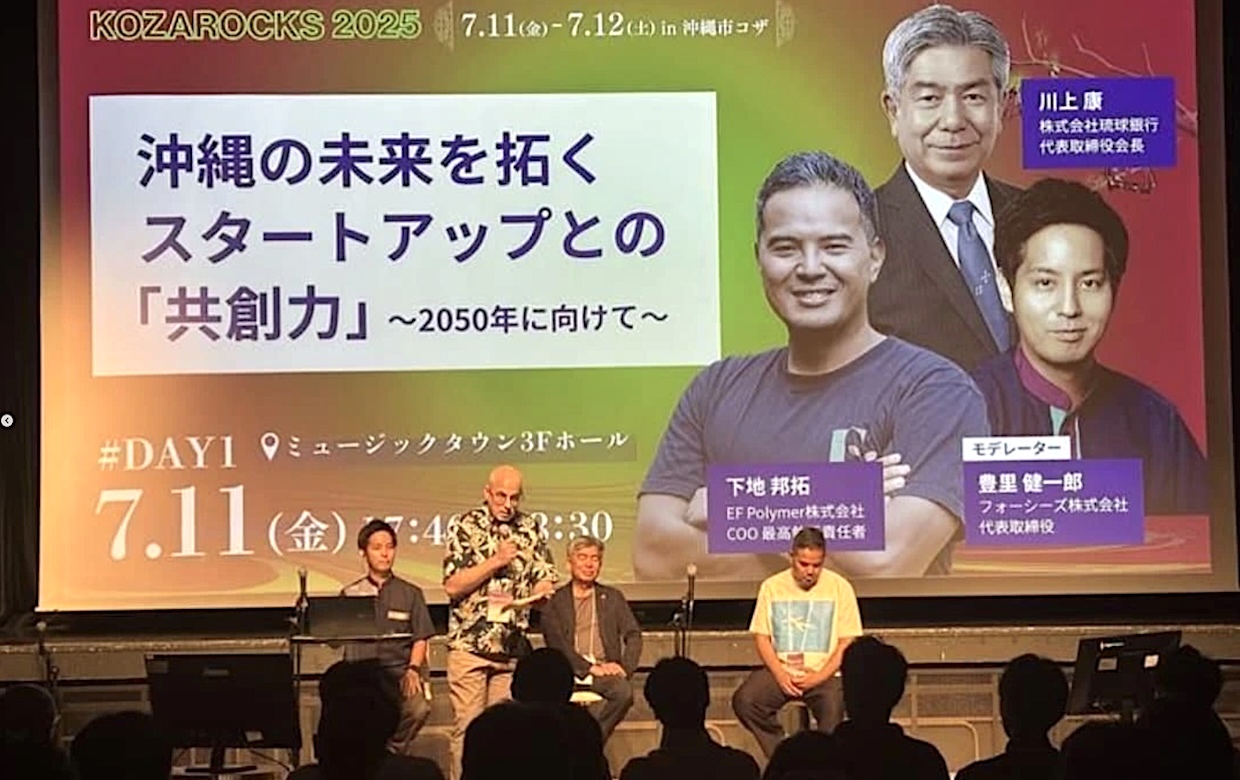
Photo Credit: OIST
Gil emphasizes a “global from day one” philosophy. By transplanting this approach, he aims to transcend geographical constraints. However, he also faces the realistic challenge of balancing local expectations with long-term vision.
How do you view the differences in entrepreneurial spirit between Israel and Japan?
Israel is a small country of about 10 million people with no domestic market, so we must think globally from the start. Every startup understands that international expansion is essential for success.
Israel has this concept called “חוצפה (Chutzpah),” which represents risk-taking and audacity. Generally, Japanese people tend to be conservative and never oversell. America is the complete opposite with the “fake it till you make it” culture. I think Israel is somewhere in between.
Are you trying to instill an entrepreneurial mindset among OIST researchers and students?
Over these four years, I’ve been pushing them to achieve beyond what they think possible. We’ve accomplished many things they thought were impossible—numerous startup launches, new incubator establishment, doubling the accelerator program.
But most importantly, it’s about changing the mindset of researchers and students. They are the creators of intellectual property. They are like powerful engines of knowledge, and our role is to serve as the transmission to the world.
How do you plan to address expectations from Okinawa Prefecture?
This requires a long-term perspective. Local people expect immediate results, but basic research and deep tech inherently take time. Moreover, we’re a basic research-focused organization with about 90 faculty members, and considering that Okinawa’s main industry is services, it’s unrealistic to expect immediate impact on the entire prefectural economy.
However, changes are definitely happening. The local business community is gradually understanding OIST’s value. For example, Bank of the Ryukyus is considering fund creation, and we’ve brought Lifetime Ventures to the island, where they’ve begun investing in our startups. Local players are also participating in this fund.
What are the biggest challenges in commercializing deep tech?
It varies by technology field. For pharmaceuticals and medical devices, business models are clear, but technical and financial risks are enormous, with long development periods and massive costs.
For highly novel technologies, it’s often unclear “what to use it for” or “how to make it business,” with weak connections to consumer needs. Even for environmental technologies, while CO2 now has a market, biodiversity or marine ecology present unclear business models.
Another challenge for deep tech is investment. Many cases require expensive hardware and long-term investment, which most VCs globally don’t prefer. Japan might be somewhat different, but global VCs generally avoid this.
However, I love deep tech precisely because it’s connected to science. As I mentioned, it has tremendous potential and is very important for our future.
What about talent acquisition in the quantum field?
Quantum is an extremely difficult area to find talent that can really fit actual enterprise needs. Although OIST established the Okinawa Center for Quantum Technologies (OCQT) in 2022 and continues focusing on this field, securing appropriate talent for market needs remains a major challenge.
Sustainable Growth and the 10-Year Vision
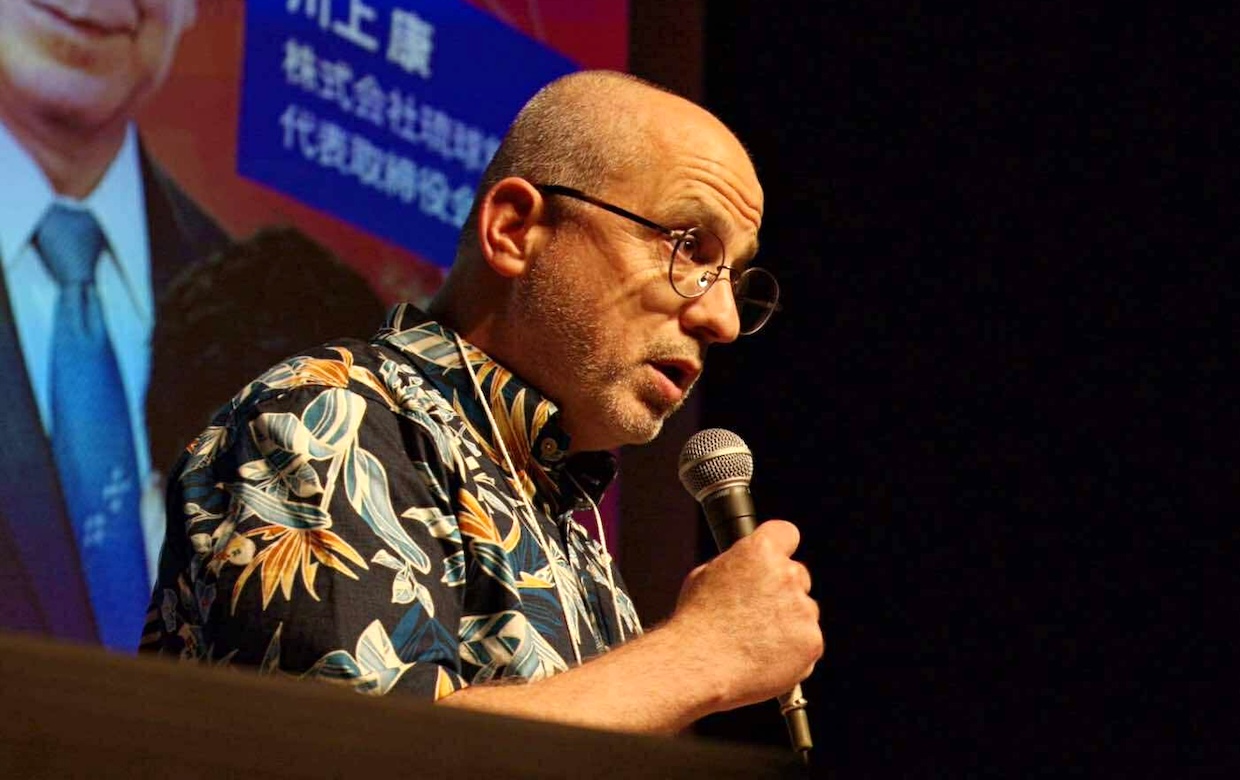
Photo Credit: KOZAROCKS
The greatest challenge facing OIST as an “experimental university” is its sustainability. As a research institution established through massive government investment, how does it balance expectations for short-term results with long-term basic research? Gil approaches this from the perspective of OIST’s potential strategic value to Japan as a whole.
What are the biggest challenges you currently face?
OIST is a very bold and unique government project. Looking at this massive investment, sustainability is a major challenge. Our current scale is small, yet we carry enormous expectations.
The five research buildings can only support 100 faculty members and their research units. To grow to 300, we’d need 15 buildings. Institutions like Weizmann, MIT, Harvard, and Stanford have 100 years of history. We need to plan with a long-term perspective.
The biggest challenge is securing additional funding sources beyond the Okinawa promotion budget. While this budget is meant to support Okinawa, relying solely on it imposes limits on the university’s growth.
We expect support from other Japanese government ministries because I’m convinced that OIST is one of Japan’s strategic assets.
What strategic value do you believe OIST holds for Japan?
I’m convinced OIST is one of Japan’s strategic assets. We have the power to transform academia and the startup scene. Not alone, but by serving as a model to create small changes.
We see other universities looking at us and beginning global thinking, English-language research, accepting foreign researchers, and startup support. Not everyone is copying everything, but we’re players that people notice and think, “OIST is different; maybe we should do something too.” That’s our role.
What’s your vision for OIST Innovation in 10 years?
We currently run an accelerator program for four teams annually, but we plan to expand this. What matters is not quantity but quality. We intend to select the best talent under the best conditions.
Regarding geographical expansion, we’re also focusing on collaboration with the Asian region. Particularly, we envision providing OIST as a launchpad for Asian startups targeting the Japanese market, and further supporting expansion to Europe and the US.
We want to continuously produce world-class deep tech startups and establish Okinawa as an Asia-Pacific innovation hub.
Above all, we want OIST to become a model case for other regions and universities in Japan. We want to prove that even with a small scale, the right approach and long-term perspective can generate world-changing innovation.
Gil’s commitment to believing in the power of basic research and building ecosystems with a long-term perspective distinguishes him from modern innovation support that often seeks short-term results. His collaborative approach of “everyone doing it together” rather than “OIST doing it alone” is also an essential element for sustainable innovation creation.
The startup support premised on “global from day one,” turning Okinawa’s geographical constraints into advantages, offers rich insights for other regions in Japan. Gil’s 10-year vision—where Okinawa becomes an Asia-Pacific deep tech hub and the OIST model spreads throughout Japan—is far from a pipe dream. The day when true innovation born from basic research changes the world may be just around the corner.




